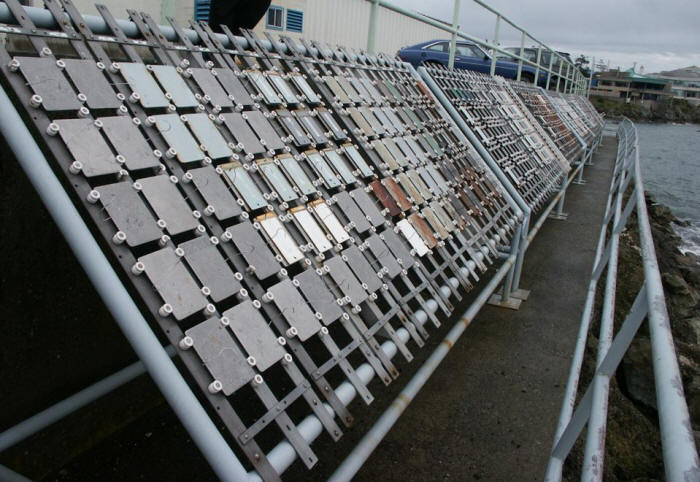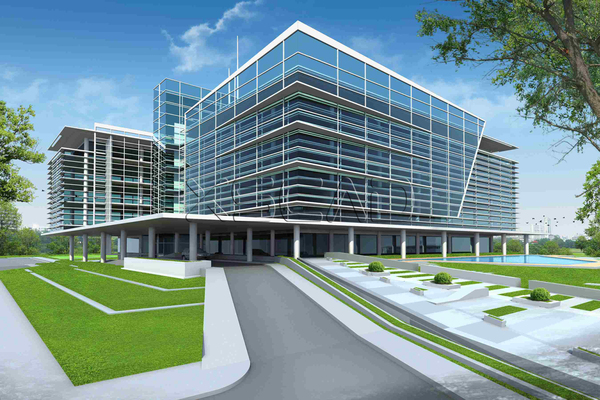Understanding Atmospheric Corrosion: Causes, Effects, and Solutions

Corrosion, the natural process that converts refined metals back into a more stable form, such as oxides, hydroxides, or sulfides, is a critical concern in many industries. One of the most prevalent forms of this process is atmospheric corrosion, which affects the longevity and integrity of countless metallic structures worldwide. To combat these issues effectively, companies like Toronto Industrial Painting, a top-quality NACE Certified Inspection Service, provide essential quality assurance and quality control testing carried out by experts in the field.
Atmospheric Corrosion: An Overview
Atmospheric corrosion occurs when moisture, oxygen, and pollutants in the air react with the surface of a metal. This process can damage structures, reduce their lifespan, and lead to significant repair and replacement costs.
The severity and rate of atmospheric corrosion on a specific metal depend on numerous factors, including the type of metal, environmental conditions (such as temperature, humidity, and pollution levels), and the duration of exposure to these conditions.
Effects of Atmospheric Corrosion
Atmospheric corrosion can lead to a variety of negative outcomes, including:
- Structural degradation: Corrosion can weaken structural integrity over time, leading to potential failures.
- Aesthetic damage: Corrosion often results in discoloration and surface irregularities that can diminish the aesthetic appeal of structures.
- Increased maintenance costs: Regular inspections, repairs, and replacements due to corrosion can lead to substantial costs over a structure’s lifespan.
Preventing and Controlling Atmospheric Corrosion
Preventing and controlling atmospheric corrosion is a multi-faceted process that often involves:
- Material selection: Using materials that are naturally resistant to corrosion, such as stainless steel or aluminium, can help minimize atmospheric corrosion.
- Protective coatings: Applying protective coatings or paints can provide a barrier that prevents the metal from coming into direct contact with corrosive elements.
- Regular maintenance and inspection: Regularly inspecting and maintaining structures can help detect and address areas of corrosion before they lead to significant damage.
The Role of Quality Inspection Services
A crucial part of managing atmospheric corrosion is regular inspection by a NACE inspector. Professional inspection services, like Toronto Industrial, use a range of techniques and technologies to detect and assess corrosion, providing a clear understanding of a structure’s condition and any potential risks.
By offering both Quality Assurance and Quality Control Testing, services like Toronto Industrial ensure that preventive measures, such as protective coatings, are applied correctly and are performing as expected. If corrosion is detected, these services can also recommend effective mitigation strategies based on the specific type of metal and the environmental conditions to which it is exposed.
Atmospheric corrosion is a significant concern in many industries, capable of causing extensive damage and incurring high costs if not properly managed. However, with an understanding of what causes this type of corrosion and how to prevent it, along with the support of professional inspection services, it’s possible to protect and preserve metallic structures, enhancing their longevity and performance.
By investing in quality inspection services like Toronto Industrial, companies can ensure they are taking the right steps to manage atmospheric corrosion. This not only safeguards their structures but also their bottom line, ensuring a stronger, more sustainable future.




